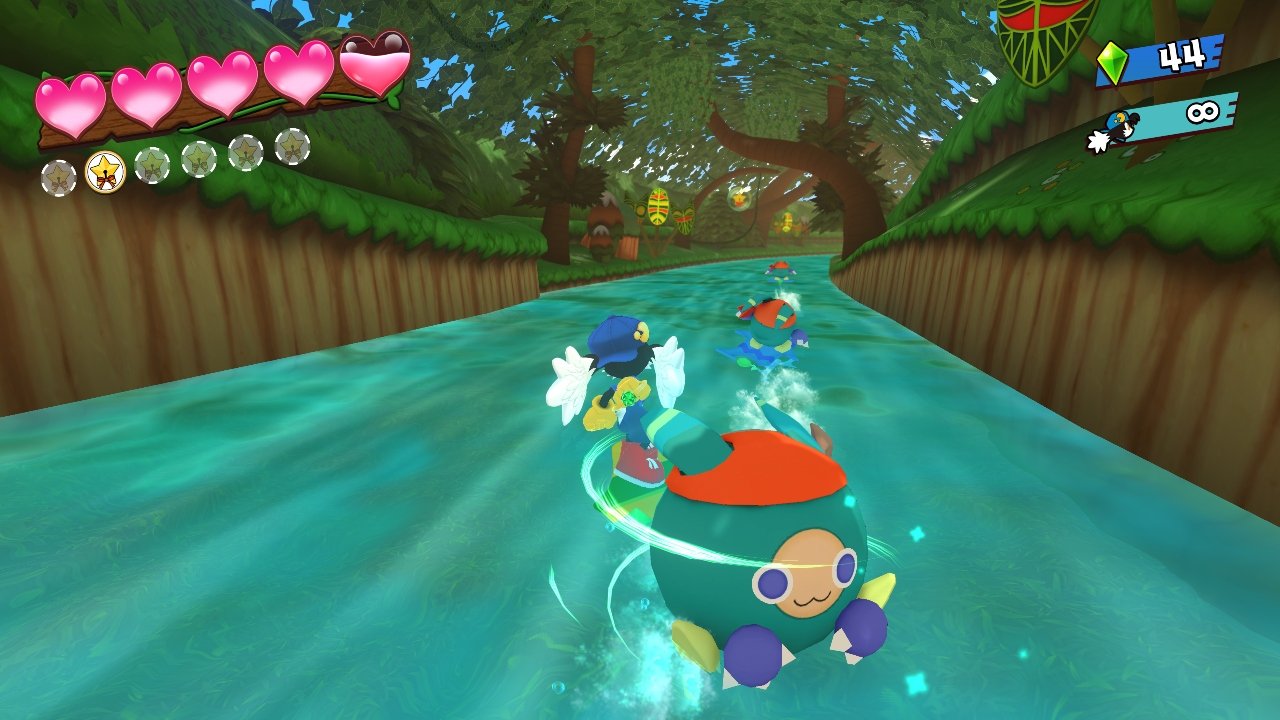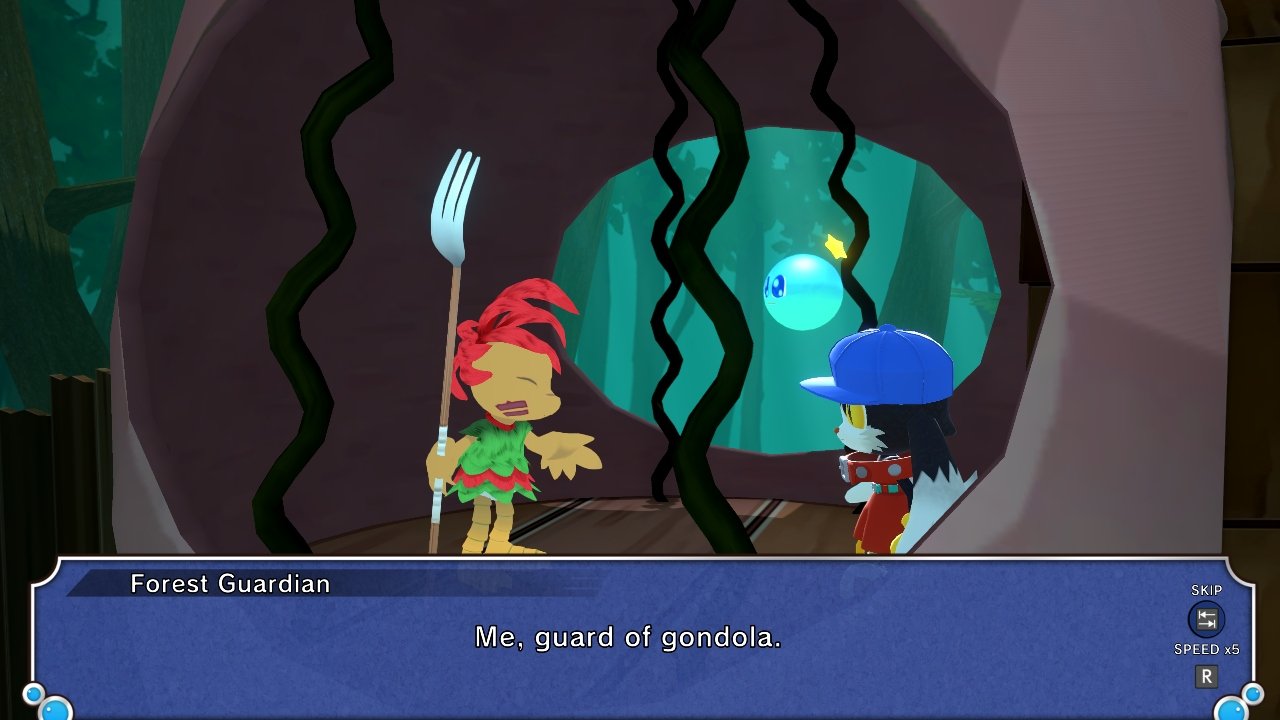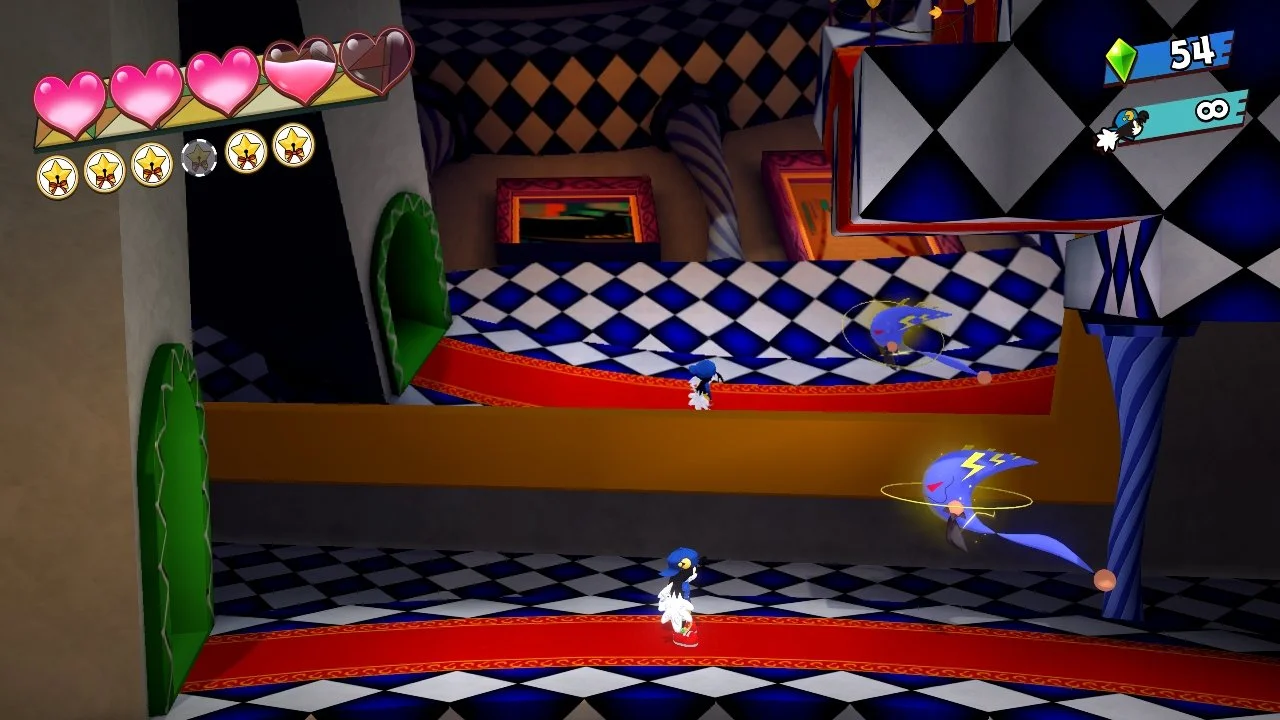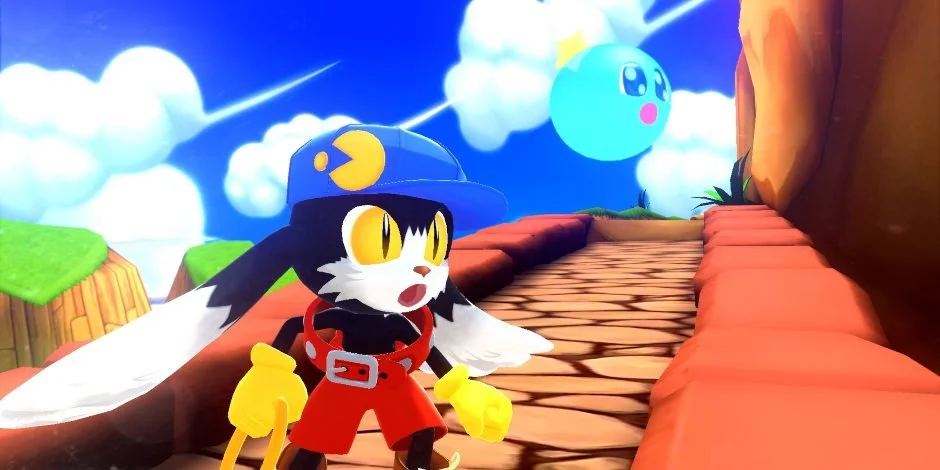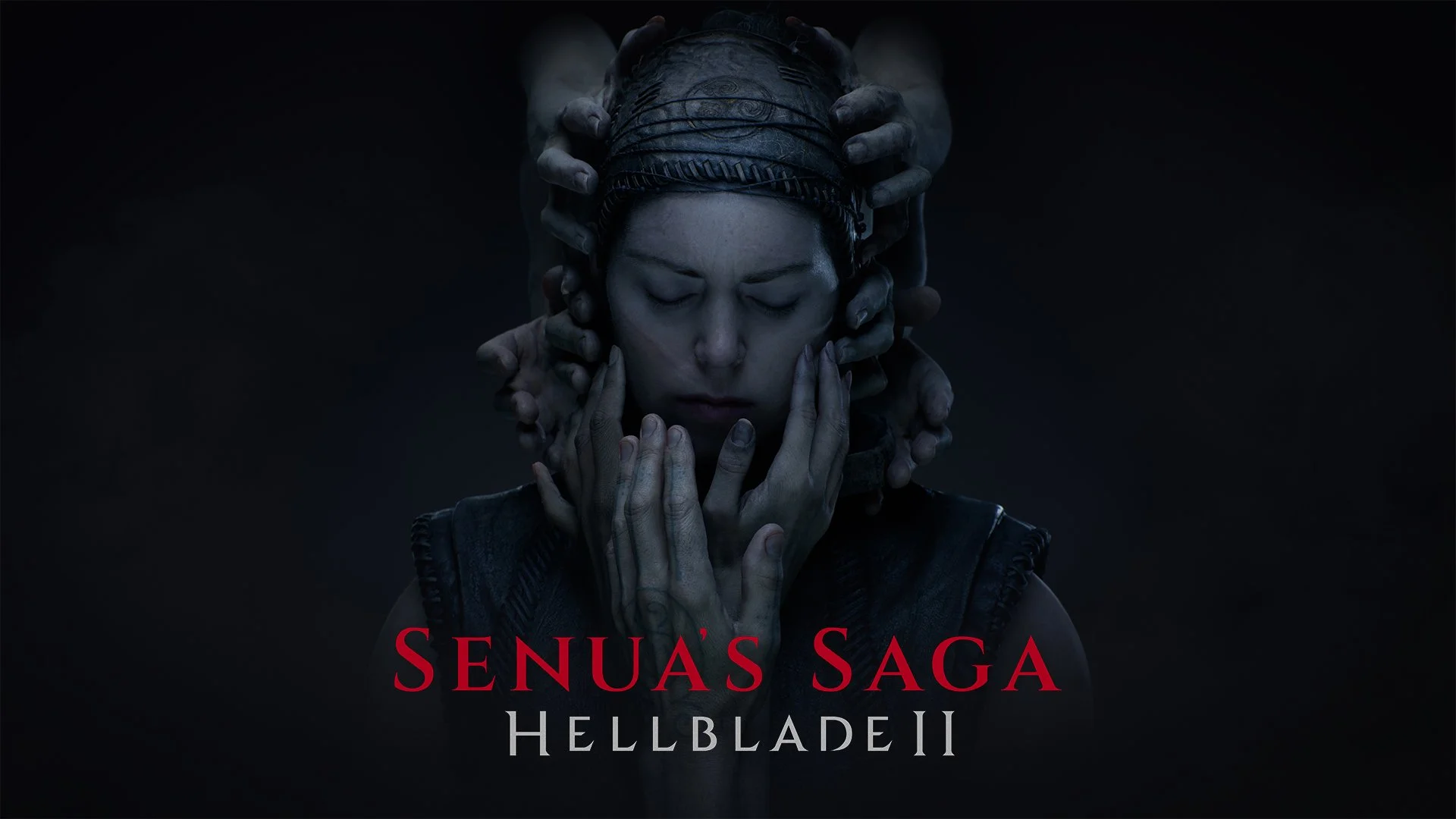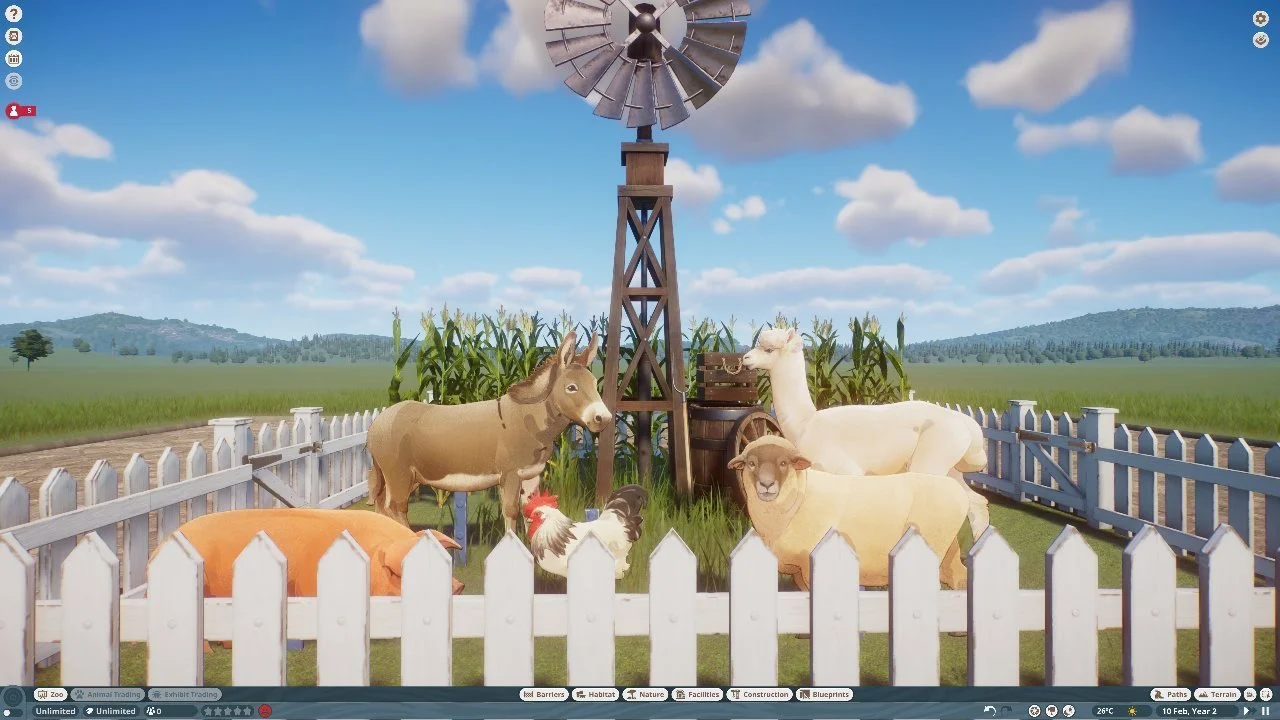PC Review Code Provided by Bandai Namco Entertainment
Klonoa Phantasy Reverie Series is a game that Monkey Craft developed and Bandai Namco Entertainment published. Klonoa Phantasy Reverie Series is a remastered compilation of the two original games in the series, Klonoa: Door to Phantomile and Klonoa 2: Lunatea’s Veil from 1997 and 2001 respectively that were originally made for the Playstation and Playstation 2.
For some perspective, I was almost 1 year old when the original Door to Phantomile was released! It is always nice to see old games remastered on current systems for new generations to enjoy, a bit like stepping into a video game time capsule. I had an interesting time diving into Klonoa, and while it was an overall positive experience, I would have to say that there was a fair amount I took issue with. In general, the game is a bit of a mixed bag that comes with older games when we can compare them to the current era. Let's dive into Klonoa’s world of dreams, shall we?
Story
Honestly, there isn’t much to the story for Klonoa in either Door to PhantomileI or Lunatea’s Veil, but it’s a game made for kids, what were you expecting? In general, Klonoa is a bright and cheery tale about its titular character who travels to the world of dreams and must save it and its citizens from dark forces out to destroy it. With the help of close friends and allies, Klonoa restores balance to the world of dreams with his trusty magic ring.
It is a whimsical and sunny story for kids with wacky characters and simlish-esq voice work. Plus for those who don’t want to, every cutscene is skippable AND fast-forward-able! There are a couple of problems that come with the game being two decades old that I should point out. In Door to Phantomile, as you travel to different areas of the dream world, you save the local population from capture with the locals changing for each area. One area is jungle themed and the locals are offensive caricatures of indigenous tribes and they spark like Jar-Jar. Sadly stereotypes like this were common to see in games of the era, such as Tak and the Power of Juju, but fortunately only limited to this one area of the game.
Aside from that issue, the story is generally very bright and colorful though targeted at children in complexity. Lunatea’s Veil takes the storytelling and production value up a notch but both games have some of the most meaningful and impactful endings I have seen in children’s games, but I will leave finding those out up to you.
Gameplay
The gameplay is where a lot of my frustration with Klonoa comes from, as should be expected with games over two decades old. Klonoa is a side-scrolling platformer with 3D graphics on a 2D plane. The player controls Klonoa as he fights enemies and jumps around platforms on the map.
The main gameplay mechanic revolves around Klonoa’s magic ring which shoots bullets of wind a short distance in front of him to capture an enemy that he can use to jump higher, throw at other enemies or objects on the map, and complete puzzles. There are a few enemies that have unique features upon use akin to Kirby but there is only one in Door to Phantomile and it is almost never used. The basic enemy simply functions as a projectile and a double jump. For this reason, the mechanics in Door to Phantomile get incredibly repetitive as the game goes on with little to no variation other than jumping to the next platform.
Fortunately, Lunatea’s Veil takes the mistakes and lack of variation from Door to Phantomile and learns from them. There is an assortment of enemies that have different uses for Klonoa, such as flying, exploding, or absorbing other mobs that add much-needed variety to Lunatea’s Veil that is absent in Door to Phantomile.
As a platformer designed for kids the mechanics are easy to learn yet hard to master and getting 100% of collectibles on a level can take some ridiculous amounts of skill and effort and promises to be a challenge to even adult gamers. I expect Klonoa to be of particular interest to anyone in the speedrunning community as its design and high skill ceiling will provide an interesting challenge to speedrunners who want to 100% the game.
One thing I recommend is to play the game on Easy the first time through. The bullets Klonoa fires decrease in distance on Normal difficulty to the point that to hit an enemy, you have to be right next to its hitbox which raises the game difficulty way more than expected at later points in the game. Plus on Normal, if you lose all your lives on a level you have to start the entire level over, something that made me rage quit a few times when I died on a boss fight.
Audio and Visuals
Klonoa is a beautiful remaster with some delightfully colorful graphics and levels. It has some of the most interesting level designs I’ve seen with twisting levels and interactable backgrounds. The world is suffused with bright colors and cheery music accompanying your journeys to match it. The remastered graphics themselves are nothing groundbreaking, but they are very pleasant to view, and the worldbuilding details are simple yet elegant.
In regards to the audio, the voice work is in the classic cheery nonsense noises akin to games like Zelda. It tells you that this is the world of dreams, separate from our own and mystical, yet slightly similar. The remastered music and effects are clear and clean and while the sound effects can get repetitive at times, some of the music for levels and the world map is simply amazing. I can see myself falling asleep to the peaceful tunes that play when you travel the world map in Lunatea’s Veil.
Replayability
It took me about 5-6 hours to beat Door to Phantomile on easy difficulty, and around 8 for Lunatea’s Veil. I still have not yet beat either on Normal and I’ve sunk around 10 extra hours on that side for both let alone getting all the collectibles and gems. Klonoa has plenty to offer in its replayability with a distinct difference in how the mechanics work between Easy and Normal difficulties as well as collectibles. As stated previously I also believe that Klonoa offers some interesting challenges for the speedrunning community if they desire to challenge it.
What it Could Have Done Better
Most of my gripes with Klonoa are mainly with the lack of variability in mechanics or puzzles, especially in Door to Phantomile. They introduce an enemy that flies you into the air when grabbed in the first minute, and then almost never use it again until Lunatea’s Veil, where they fixed the variety of issues with the addition of multiple enemies that have different uses for getting around the environment or solving puzzles. It’s sort of pointless to complain here as the game itself is a remaster not a remake so nothing was going to change about that, but we can wonder why they didn’t give more variety in the original!
Verdict
Klonoa Phantasy Reverie Series is a beautiful remaster of a game that deserves to be remembered and can still bring joy to new generations with its updated audio and graphics. It may have flaws due to being from a different era but that comes with the genre in regards to old games that are remastered. It is an enjoyable platforming adventure that has lots of promise for those who want to challenge themselves to get 100% completion. I would recommend this game to anyone who feels like some nostalgia for an OG of the birth of the PlayStation or to those whimsical adventures who want to travel the land of dreams.
Klonoa Phantasy Reverie Series is available now on PC, Nintendo Switch, PlayStation 4, PlayStation 5, Xbox One, and Xbox Series X/S
